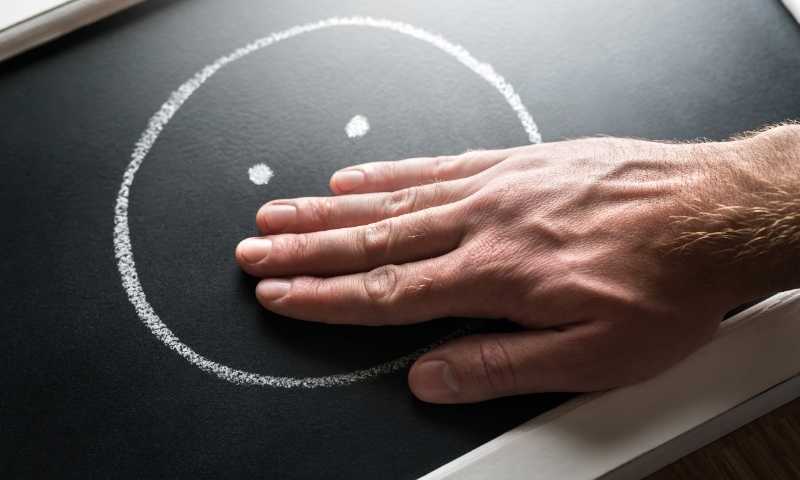COVID-19, pandemic, distance learning, social isolation; these have all become the “Bad Words” of 2020. Just saying them out loud legitimizes their existence, no matter how much we as parents and educators want to bury our heads in the sand and ignore them. Meanwhile, while our heads are in the sand, we are wishing that when we pull them back out we will be on a beach somewhere watching the sun set.
While the adults are experiencing increased internalized issues such as anxiety, stress, and depression; so are the youth. Nationally, students are also reporting greater internalized behaviors, not unlike those that their parents are experiencing, which is leading to higher rates of adolescent substance abuse, suicide attempts, and suicide completions.
We are witnessing a polarized phenomenon during the Bad Words of 2020.
With COVID-19, the pandemic, distance learning, and social isolation; rates of internalized student risk are increasing, while identification by school teams of these at-risk students are decreasing. As such, an inverse relationship has emerged, creating a chasm that deepens every day.
We know there is a high comorbidity between substance abuse and mental health issues, especially those left unidentified and/or those left untreated. From the journal of Clinical Psychology Review, “…research suggests that youth develop internalizing disorders including depression and anxiety, prior to developing substance use disorders.”1
As such, identifying students with elevated internalized risks early on can help school teams systematically identify, prioritize, intervene, and monitor high risk students.
To do so, a risk screener specifically designed to red flag these behaviors is needed.
The Healthy Minds, Safe Schools risk screeners offer teams the reassurance that red flags will be raised when students are at risk and in need of help. Without consistent in-person observation and monitoring of student behavior, school teams can use this risk screener to add a layer of confidence knowing that students are less likely to slip through the cracks.
Parents are doing their best to keep their heads out of the sand (as much as we really want to be on that beach watching the sun set) and watch for signs of risk in their children.
Specific internalized signs of depression that parents can watch out for in their children include:
Signs to watch out for that suggest escalation and potential harm to the child or others include:
While we cannot change the Bad Words of 2020, we can influence how they impact our children. Through a combined approach to risk identification and student safety, schools and parents can work together to best identify students with internalized risk who may need our extra support and care.
1 O’Neil KA, Conner BT, Kendall PC. Internalizing disorders and substance use disorders in youth: comorbidity, risk, temporal order, and implications for intervention. Clinical Psychology Review. 2011; 31(1):104-112. doi:10.1016/j.cpr.2010.08.002.




Leave A Comment